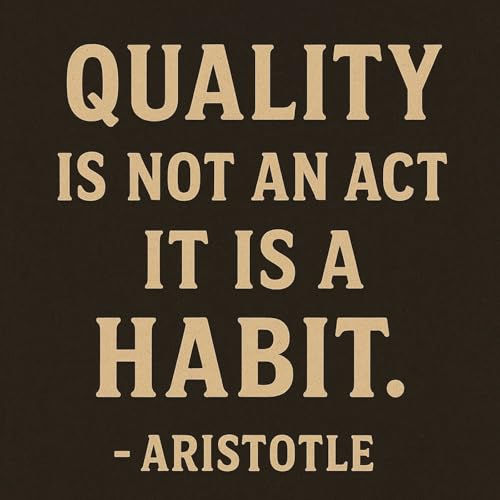
Lesson 3:The Anatomy of a procedure
Failed to add items
Sorry, we are unable to add the item because your shopping cart is already at capacity.
Add to basket failed.
Please try again later
Add to Wish List failed.
Please try again later
Remove from Wish List failed.
Please try again later
Follow podcast failed
Unfollow podcast failed
-
Narrated by:
-
By:
About this listen
1. Header and Identification Block
The header is arguably the most critical administrative section, ensuring clarity, version control, and traceability.
1.1. Document Title
Must be clear, concise, and accurately describe the process being documented (e.g., "Procedure for Non-Conforming Material Review" rather than just "NC Review").
1.2. Document ID/Number
Unique alphanumeric identifier for easy retrieval and referencing (e.g., QP-001, where QP stands for Quality Procedure). Essential for document control systems.
1.3. Revision Number and Effective Date
Revision Number: Tracks changes (e.g., Rev 0.0 for initial draft, Rev 1.0 for approved release, Rev 1.1 for minor updates). Essential for ensuring only the current version is used.
Effective Date: The date the revision officially comes into force. This date must align with any necessary training schedules.
1.4. Approvals Block
Signatures or digital approvals from authorized personnel (e.g., Process Owner, Quality Manager, Department Head). This confirms accountability and validation of the content.
2. Purpose and Scope
This section sets the context for the entire document.
2.1. Purpose (Why?)
Clearly states the objective of the procedure. It answers the question: What problem does this procedure solve or what standard does it aim to achieve?
*Example: "The purpose of this procedure is to establish a standardized method for calibrating all measurement equipment to ensure accuracy and traceability in accordance with ISO 9001 requirements."
2.2. Scope (Where/When?
This episode includes AI-generated content.
No reviews yet
In the spirit of reconciliation, Audible acknowledges the Traditional Custodians of country throughout Australia and their connections to land, sea and community. We pay our respect to their elders past and present and extend that respect to all Aboriginal and Torres Strait Islander peoples today.



